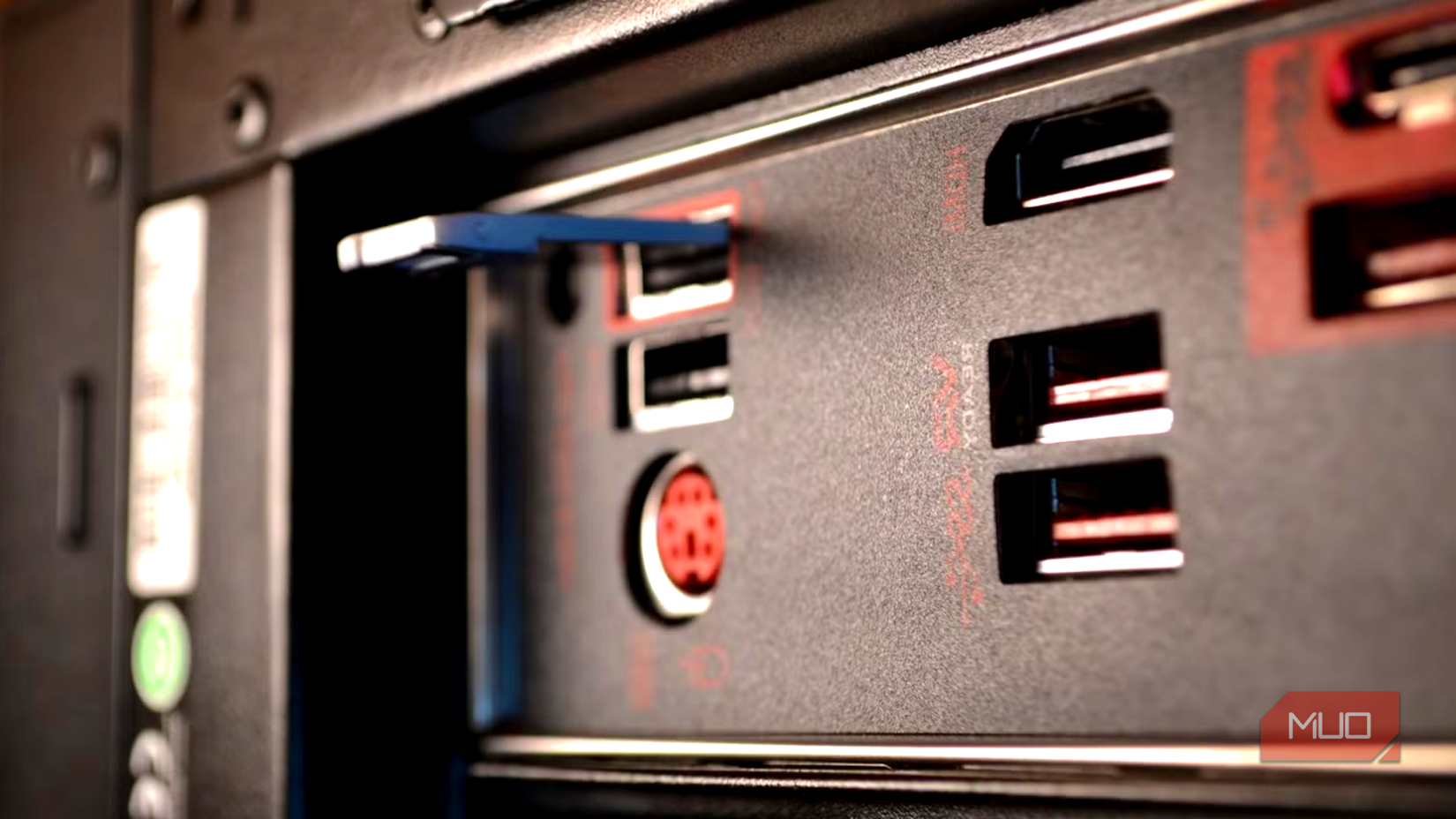USB-A ports are everywhere, from laptops and monitors to TVs, gaming consoles, and even cars. They’re the familiar, rectangular connectors you’ve been plugging devices into for years. But over time, USB-A ports have evolved considerably, which means not all of them are the same. Some are built for basic peripherals like keyboards and mice, while others are designed to transfer data at lightning-fast speeds or deliver higher power for charging devices.
Fortunately, you don’t have to consult the user manual of every gadget to figure out which port does what. Many USB-A ports provide visual cues to help you identify their function. The color of the plastic insert, typically black, blue, teal, red, or yellow, often indicates whether a port is standard, high-speed, or high-power.
Why USB port colors actually matter
Unlocking the secret language of USB colors
Like most people, I never gave USB ports a second thought. I would just plug my devices in based on convenience or location. But if you look closely, the USB ports on your laptop, car, gaming console, TV, and other devices aren’t all the same, even though they look alike. Their colors reveal exactly what each port can do.
USB ports are all about speed and power. Some ports are designed to deliver more power for charging, others prioritize speed for transferring files, and some offer a mix of both. This also means using the wrong port can leave your phone charging slowly or make file transfers take forever. If you’re connecting an external hard drive or flash drive, the wrong port could add several extra minutes to your data transfer time.
Understanding what a USB port is actually capable of requires knowing its version. All you have to do is pay attention to the port’s color, and you can ensure each of your devices get the power or speed it truly needs. Once I realized this, it became clear that my old habit of just plugging things in randomly was not ideal.
The difference between different colored ports
Decoding black, blue, red, and more
The most common colors you will encounter are blue, black, white, and sometimes red or yellow. Here’s a quick guide on what all those colors mean:
- Black USB Ports: These are usually USB 2.0 ports. They are reliable for keyboards, mice, and other low-speed devices. Data transfer is decent, but don’t expect blazing speeds, and charging is slower compared to newer ports.
- Blue USB Ports: These indicate USB 3.0 or 3.1 ports, which are designed for fast data transfer, often up to 10 times faster than USB 2.0. They are perfect for external hard drives, flash drives, or any device where speed matters. They also provide moderate charging.
- Teal USB Ports: Devices that use teal to indicate USB 3.1 Gen 2 or higher. These ports combine fast data transfer with higher power output. Great for devices that need both speed and a strong charge.
- Red or Yellow USB Ports: These are “always-on” or high-power charging ports. They can charge devices even when your computer is asleep or turned off. Ideal for phones, tablets, and power-hungry gadgets.
- White USB Ports: Often USB 1.1 or older. Extremely slow for data transfer, but still works for basic peripherals. Mostly found on older devices.
It’s worth noting that USB colors are not strictly standardized across all brands and devices. A manufacturer could, in theory, use a blue port for USB 1.1, though most well-known brands follow standard color conventions. For absolute certainty, you can always check your device manual or the manufacturer’s specifications.
Now I always use the right port for the right device
My new plug-and-play strategy
Once I understood what all those colors meant, I stopped plugging things in blindly and started matching each device to the port that suited it best. My phone now lives in a red or yellow port whenever available, so it charges quickly without fuss. My external hard drive goes straight into a blue or teal port, which makes file backups feel almost instantaneous compared to the long waits I used to endure. My keyboard and mouse are perfectly happy with black USB 2.0 ports. This way, I can leave the faster ports free for devices that actually need the speed.
When it comes to USB-A ports, color is the first clue to their capabilities, but it is not the only one. Beyond color, USB-A ports often feature symbols that provide additional information. For instance, the letters “SS” or “SuperSpeed” indicate fast data transfer capability, sometimes paired with a number such as “SS10” for 10 Gbps USB 3.1 Gen 2. Some ports meant for charging may include a lightning bolt or battery icon, signaling only power output.
Knowing the difference between these USB port colors makes plugging in my devices feel intentional rather than habitual. I’ve carried these habits beyond my PC—into my car, TV, and other gadgets—so that every device gets the power or speed it deserves.


